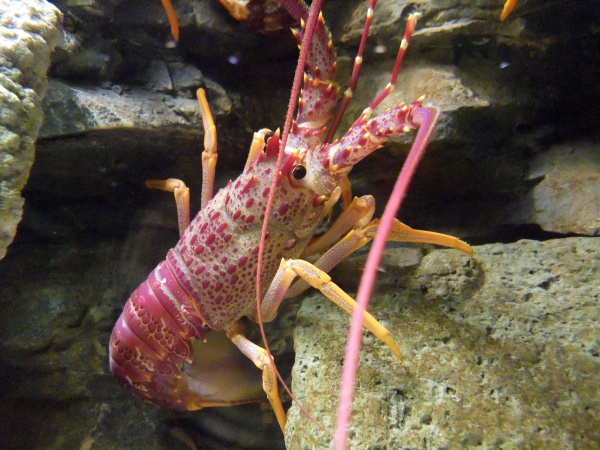Facts About Jasus edwardsii
Meet the Southern Rock Lobster: A Marine Marvel
The Southern Rock Lobster, also known by its scientific name Jasus edwardsii, is a captivating marine species inhabiting the coastal waters of southern Australia and New Zealand, including the Chatham Islands. These lobsters are often referred to as crayfish or crays in both countries and are known as kōura in Māori. Unlike their clawed relatives, these lobsters lack large pincers on their walking legs. Instead, they possess a spiny exterior and can grow up to 230 millimeters in length, weighing over 8 kilograms.
Habitat and Development
Southern rock lobsters are commonly found around reefs at depths ranging from 5 to 200 meters. Their distribution extends along most of New Zealand's coast and the southern coast of Australia. They reach sexual maturity between 7 and 11 years, with mating typically occurring in late summer and autumn. Female lobsters can carry between 100,000 and 500,000 eggs, which take about 3 to 5 months to develop. The larvae have an exceptionally long development period, spending 9 months to 2 years in the ocean before settling near the coast.
The Future of Lobster Aquaculture
There is growing interest in farming Jasus edwardsii in New Zealand and Australia. Although commercial farming hasn't yet been fully developed, some companies are experimenting with harvesting and cultivating seed stock. In Australia, wild rock lobsters are already a significant export, and aquaculture could potentially expand this industry. Common farming techniques include the use of sea cages, which can be floating, fixed, or submerged. Ideal locations for lobster farms are in shallow, sheltered waters where wild pueruli (young lobsters) are often harvested for aquaculture.
Opportunities and Challenges
The potential for aquaculture of Jasus edwardsii in New Zealand is particularly promising. This high-value species could significantly enhance an industry currently dominated by lower-priced options. However, for the aquaculture industry to thrive, it is essential to develop effective methods for capturing pueruli and determining the maximum sustainable yield of the seed stock.
